Craniotomy surgery is one of the most common types of brain surgery conducted to treat a brain tumor. It mainly aims at removing a lesion, tumor, or a blood clot in the brain by opening a flap above the brain to access the targeted area. This flap is removed on a temporary basis and again put in place when the surgery is done. Around 90 percent of the cases of brain tumors are diagnosed in adults aged between 55 and 65. Among children, a brain tumor is diagnosed within an age range of 3 to 12 years.
Craniotomy procedures are conducted with the help of magnetic resonance imaging (MRI) scans to reach the location precisely in the brain that requires treatment. A three-dimensional image for the same is achieved of the brain in conjunction with localizing frames and computers to view a tumor properly. A clear distinction is made between abnormal or tumor tissue and normal healthy tissue and to access the exact location of the abnormal tissue.
In a minimally invasive craniotomy procedure, a burr hole or a keyhole may be created to access the brain to fulfill the following purposes:
When there are complex craniotomies involved, the procedure may be referred to as a skull base surgery. In this kind of surgery, a small portion of the skull is removed from the bottom of the brain. This is the region where delicate arteries, veins, and cranial nerves exit the skull. Complicated planning is done to plan such craniotomies and understand the location of the lesions. This type of approach is usually employed for:
Primary brain tumors are much less common than secondary brain tumors. Primary ones are found to originate very close to the brain itself or in the tissues very close to it, such as the covering membranes of the brain, including the meninges, cranial nerves, pineal, or pituitary gland. It begins with normal cells, which at a later period undergoes some mutational errors in their DNA. The mutation triggers cells to grow and divide at a very high rate while healthy cells keep dying around it. This results in a mass of abnormal cells which gives rise to a tumor. Unlike primary tumors, the secondary tumors begin as cancer elsewhere and spread to the brain.
No matter what the goal of the surgery is, it is best to ensure that the incision is made to address the intracranial lesion keeping some principles in mind. A wide variety of intracranial processes can be done via a craniotomy with a different variety of incisions. Some of these variations include frontal craniotomy, pterional craniotomy, temporal craniotomy, decompression craniectomy, and suboccipital craniotomy.
Before the surgery, the patient may have to undergo some basic blood tests and an echocardiogram, and electrocardiography. Depending on the medical history of the patient, the chest radiography may also be required. Additionally, brain imaging and CT angiography are highly recommended.
Additionally, take care of the following points:
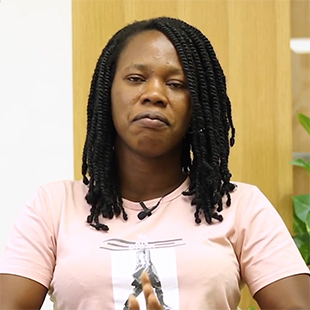
Nigeria
Patient from Nigeria underwent Craniotomy in Sharjah, UAE Read Full Story
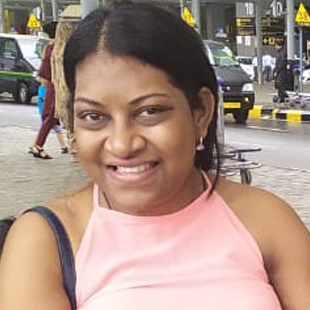
Mauritius
Patient from Mauritius underwent a Craniotomy Surgery in India Read Full Story
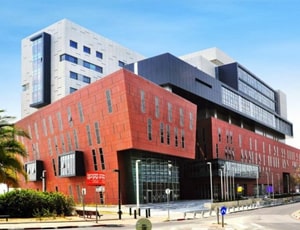
Tel Aviv, Israel
Assuta Medical Center is a leading private hospital in the capital city of Tel Aviv in Israel. Assut...more
![]() Accommodation
Accommodation
![]() Airport Transfer
Airport Transfer
![]() Choice of Meals
Choice of Meals
![]() Interpreter
Interpreter
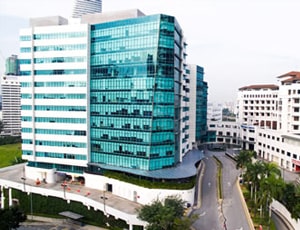
Kuala Lumpur, Malaysia
History Parkway Pantai Hospital in Kuala Lumpur, Malaysia is operating under the Parkway Pantai gro...more
![]() Accommodation
Accommodation
![]() Airport Transfer
Airport Transfer
![]() Choice of Meals
Choice of Meals
![]() Interpreter
Interpreter
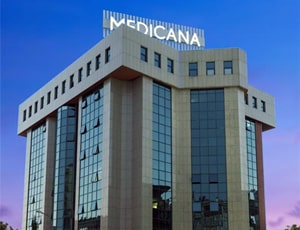
Istanbul, Turkey
Founded in 1999, Medicana Camlica is a specialty hospital of the Medicana Group which is well known ...more
![]() Private Rooms
Private Rooms
![]() Translator
Translator
![]() Nursery / Nanny Services
Nursery / Nanny Services
![]() Airport Pick up
Airport Pick up
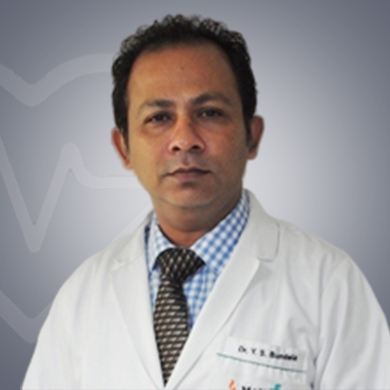
Neurosurgeon
Ghaziabad, India
18 Years of experience
USD 22 for video consultation
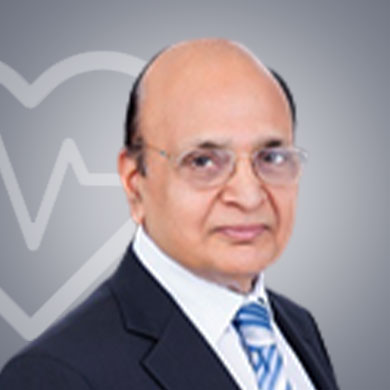
Neurosurgeon
Dubai, U.A.E.
30 Years of experience
USD 140 for video consultation
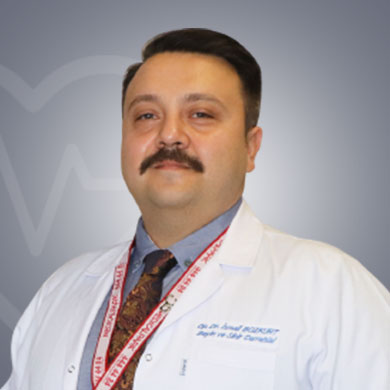
Neurosurgeon
Istanbul, Turkey
7 of experience
USD 295 for video consultation
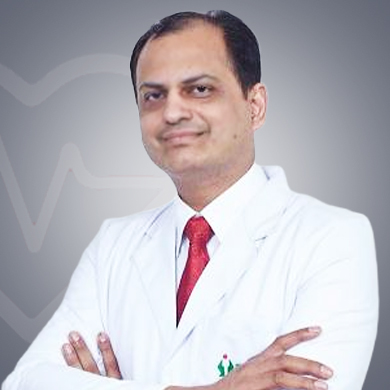
Spine & Neurosurgeon
Noida, India
20 Years of experience
USD 36 for video consultation
Q: What are the chances of infection after craniotomy?
A: Less than two percent of the cases develop an infection after craniotomy.
Q: What is the mortality rate after craniotomy surgery?
A: Mortality rate in case of craniotomy surgery is less than one percent.
Q: What is craniotomy burr hole?
A: The smallest type of craniotomy is known as burr hole. It refers to the creation of a small hole in the skull to expose the outermost covering of the brain.
Q: How long does it take to recover from a craniotomy?
A: It is normal to feel lethargic or tired for several weeks after the surgery. While the incisions can remain sore for a few days after the surgery, it may take around four to eight weeks for the patient to recover from the procedure.